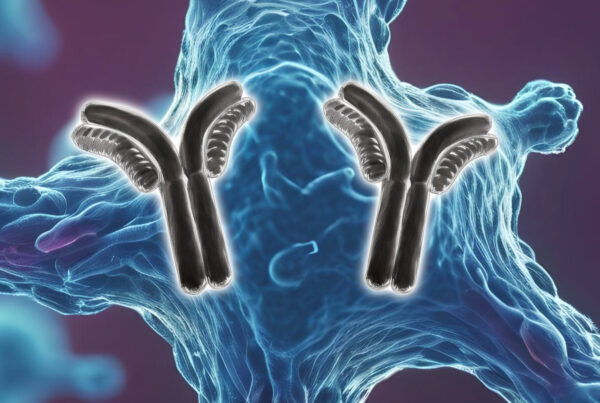It has been hypothesised that a circannual rhythm, i.e. a rhythm of annual periodicity, evolved in humans for the reoccurring event of Christmas. It is hormonally regulated and associated to the activity in different brain areas, such as the parietal lobules. These brain areas seem to be the residency of the “Christmas spirit” (2,3).
It is speculated that the Christmas circannual rhythm is a four-phased mechanism of:
(a) organisation,
(b) hormone release and positive feedback,
(c) behaviour climax, and
(d) subsequently a negative feedback.
During the organisation phase, a cluster of neurons in the hypothalamus, labelled “Christmas vivifying centre”, is active. This cluster of neurons seems to be dormant for approximately 11 months of the year and becomes active around December. The activity of the “Christmas vivifying centre” is promoted by strong environmental cues, termed “zeitgeber”. These are visual cues such as candle lights and Christmas trees, auditory cues such as Christmas carols and the sound of bells, as well as olfactory cues such as mulled claret, gingerbread, and cinnamon. The accumulating perception of these cues leads to the occurrence of a very particular feeling of pleasantness and cosiness that occasionally is called “Christmas feeling”. This is accompanied by increased inclination for interpersonal bonding, and increased tendency to participate in the acquisition of goods, especially of the woollen kind. Preliminary hands-on investigations suggest that the “Christmas feeling” is seasonally restricted. The smell of cinnamon for instance is linked to increased pleasantness when perceived during the Christmas season (4).
Molecular biological investigations found that the Christmas “zetigeber” trigger hormonal responses, specifically the synthesis of Christmas-releasing factor (ChRF) (2). ChRF activates different hypothetical target genes, such as SANTA (SEASONAL ACTIVATED NIKOLAUS TRANSCRITPION FACTOR A) and ELF (ENHANCED LEBKUCHEN FEEDING) (5), as well as the release of other hormones such as oxytocin. It has been suggested that hormonal and gene activation responses escalate by positive feedback mechanisms, and climax at Christmas Eve or Christmas Day. This is represented externally by the exchange of Christmas gifts (2).
Due to the massive systemic disruption of homeostasis, the effects of negative feedback mechanisms that were superimposed thus far surface more and more by this point, resulting in various adverse effects during the negative feedback phase after Christmas. These are mainly, but not exclusively, remorse of over-indulging in Christmas food, discontent with the received Christmas presents, and decreased levels of the social bonding hormone oxytocin. This often result in signing of a gym contract, also linked to the “New Year’s resolution vicious cycle”, return of inappropriate and unwanted gifts, and increased divorce rates in January. The negative feedback phase, however, rapidly ceases, potentially due to the activation of “New Year’s Eve anticipation” mechanisms.
These are only hypotheses though, and causation has not been shown! Merry Christmas!

By Dr Andreas Ebertz






One Comment